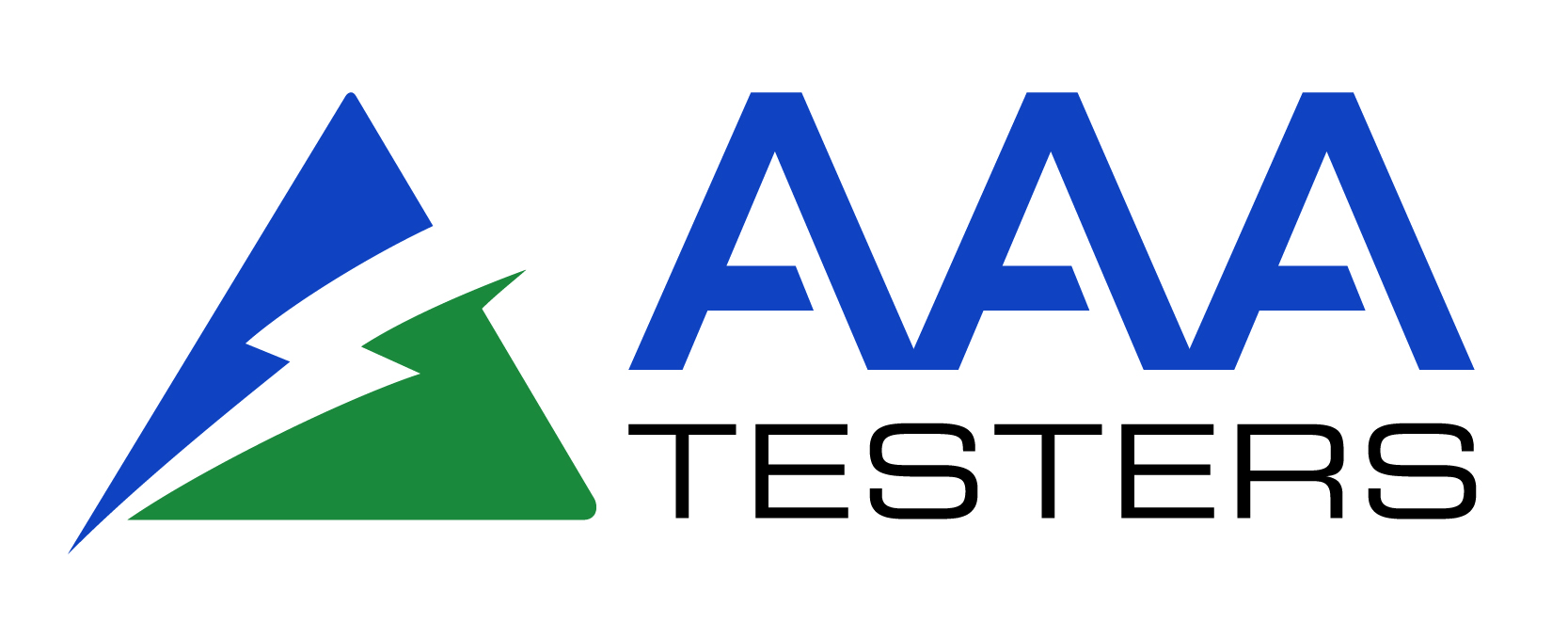Riser Bond Model 1205 Cable Fault Locator
$1,295.00
Availability:
In stock
SKU
1CP17
Condition: Refurbished / Calibrated
Warranty: 1 YEAR WARRANTY
Shipping: USA & Worldwide
- Riser Bond Instruments 1205 M-TDR Cable Fault Locator (BC# 26823-L/T*)
- Coax Cable
- BNC To Coax Adapter
- AC Adapter/Charger
- Power Cord
- RS232 PC Interface Cable
- Integrated Hard Case
Request a Quote for
Riser Bond Instruments Model 1205 Cable Fault Locator
Years after its invention, the Time Domain Reflectometer (TDR) remains the fastest, most accurate way to pinpoint cabling problems. For years, however, TDRs complexity and high cost meant only large companies and high level engineers had access to them.
That all changed when Riser Bond developed the world’s first easy-to-use, non-waveform, numeric TDR Cable Fault Locator in the early 1980s. Simple, accurate, user-friendly, rugged and cost effective, Riser Bond TDRs have now become a standard tool in many industries worldwide, such as the communications and power industries.
RISER BOND TDRS FIND FAULTS
The speed and accuracy of the TDR make it the preferred method of cable fault location. Due to the advances in technology, the operation and interpretation of a TDR has been greatly simplified.
If a cable is metallic and has at least two conductors insulated from each other, it can be tested by a TDR. You can even use a TDR to troubleshoot and measure all types of twisted pair, coaxial and power cables, both aerial and underground.
TDRs can locate major or minor cabling problems including: opens, shorts, splices, splits and re-splits, bridged taps, water damage, crimps, cuts, smashed cables, shorted conductors, system components, and a variety of other fault conditions. In addition, TDRs can be used to test reels of cable for length, shipping damage, cable shortages, cable usage, inventory management and documenting cable systems.
Although today’s instruments are user-friendly, a solid understanding of the basic principles and applications of a TDR is essential to successful troubleshooting, and making your TDR a more valuable and effective tool.
RISER BOND TDRS...A NECESSITY, NOT A LUXURY
TDRs are used in all phases of a cabling system’s life, from construction and maintenance, to fault finding and restoration.
The TDR can be used to:
Years after its invention, the Time Domain Reflectometer (TDR) remains the fastest, most accurate way to pinpoint cabling problems. For years, however, TDRs complexity and high cost meant only large companies and high level engineers had access to them.
That all changed when Riser Bond developed the world’s first easy-to-use, non-waveform, numeric TDR Cable Fault Locator in the early 1980s. Simple, accurate, user-friendly, rugged and cost effective, Riser Bond TDRs have now become a standard tool in many industries worldwide, such as the communications and power industries.
RISER BOND TDRS FIND FAULTS
The speed and accuracy of the TDR make it the preferred method of cable fault location. Due to the advances in technology, the operation and interpretation of a TDR has been greatly simplified.
If a cable is metallic and has at least two conductors insulated from each other, it can be tested by a TDR. You can even use a TDR to troubleshoot and measure all types of twisted pair, coaxial and power cables, both aerial and underground.
TDRs can locate major or minor cabling problems including: opens, shorts, splices, splits and re-splits, bridged taps, water damage, crimps, cuts, smashed cables, shorted conductors, system components, and a variety of other fault conditions. In addition, TDRs can be used to test reels of cable for length, shipping damage, cable shortages, cable usage, inventory management and documenting cable systems.
Although today’s instruments are user-friendly, a solid understanding of the basic principles and applications of a TDR is essential to successful troubleshooting, and making your TDR a more valuable and effective tool.
RISER BOND TDRS...A NECESSITY, NOT A LUXURY
TDRs are used in all phases of a cabling system’s life, from construction and maintenance, to fault finding and restoration.
The TDR can be used to:
- Locate wet/corroded splices
- Locate unknown splices
- Locate bridged taps
- Clear lines for ISDN, HDSL, ADSL
- Find in-line components
- Locate water in the cable
- Locate load coils
- Find splits and re-splits
- Aid in measuring and verifying new or partial cable reels
- Locate crushed, pinched or kinked cables
- Locate opens, shorts, and partials in the cable
- Locate bullet holes in the cable



